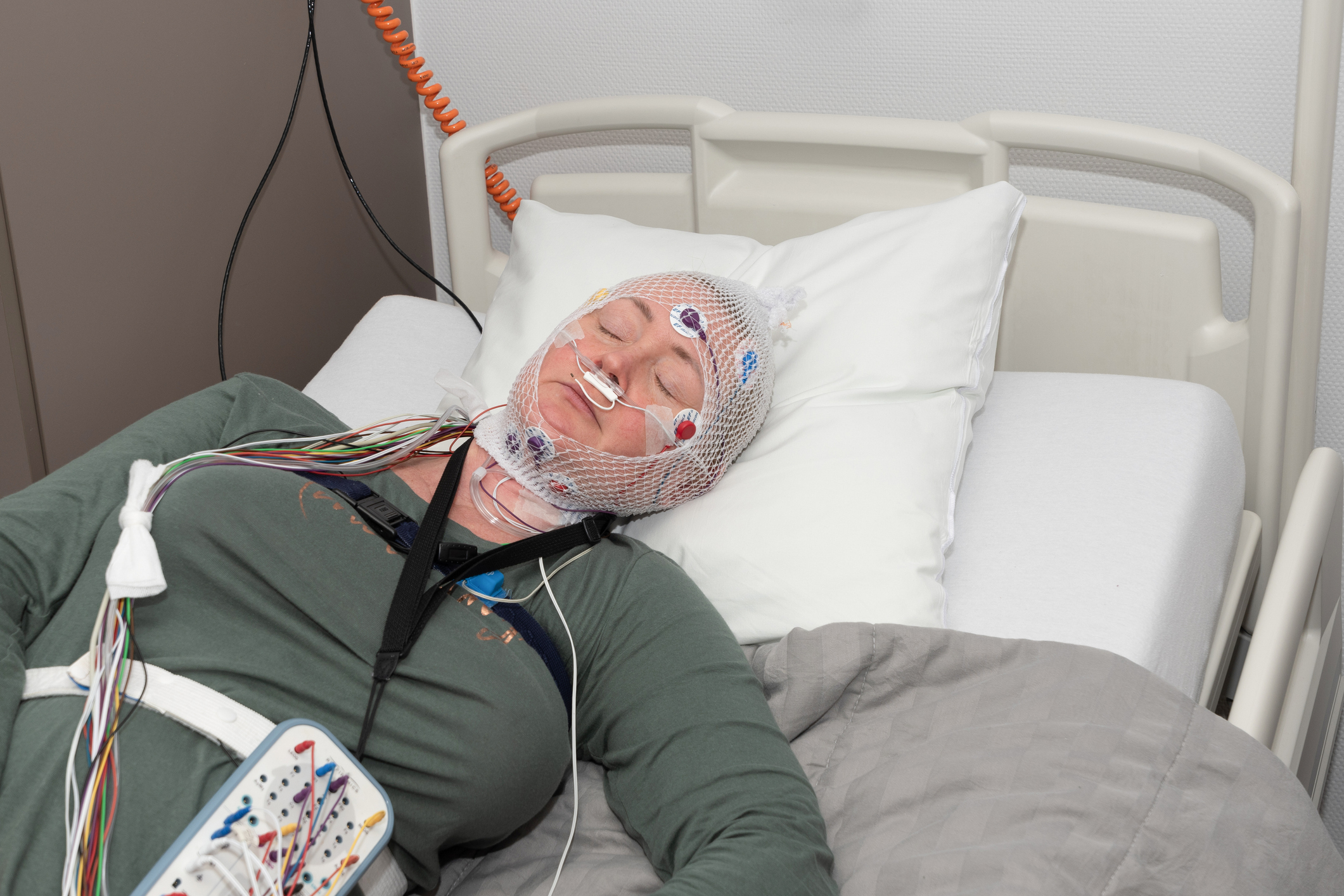Misdiagnosis is common with conventional single-night polysomnography among patients with suspected obstructive sleep apnea (OSA), according to research presented at the American Thoracic Society 2025 International Conference. The study also identified factors that might contribute to night-to-night variability.
“There is considerable night-to-night variability in OSA severity in some patients, yet the driving factors remain unclear,” wrote the authors, led by Bastien Lechat of the Adelaide Institute for Sleep Health at Flinders University in Adelaide, Australia. They conducted a study to elucidate the diagnostic accuracy of single-night polysomnography, and clinical and physiological factors that might contribute to OSA misdiagnosis.
The study recruited patients referred to a clinic for an in-laboratory overnight sleep study for suspected OSA. A sleep analyzer monitored nightly in-home apnea-hypopnea-index (AHI) for 3 months. The researchers compared those data to polysomnography data, looking for moderate to severe OSA, defined as 15 or more events per hour.
Final analysis included 88 patients (46 male) with a mean age of 52 ± 15 years and a mean body mass index of 31 ± 7. Both the in-home analyzer and polysomnography had 78% accuracy.
Notably, patients who were classified as having OSA per the in-home analysis but not per polysomnography (n = 11, group 1) had high variability in nightly AHI, as compared with patients who had OSA per polysomnography but not in-home analysis (group 2), as well as those who had OSA per both methods (group 3). Group 1 also had a supine/non-supine AHI ratio that was 2.5 times higher than group 2 and 3.5 times higher than group 3. Group 1 also had a two-times higher ratio of rapid eye movement/non-rapid eye movement than group 3. The study also noted higher night-to-night variability in those with reduced upper airway collapsibility and higher arousal threshold.
“At least 20% of clinical patients referred for suspected OSA may be misdiagnosed via conventional single-night polysomnography,” the authors concluded. “Multi-night monitoring of OSA may provide novel insight that will improve diagnostic accuracy.”
Reference
Lechat B, Proctor S, Manners J, et al. Clinical and physiological factors that drive high night-to-night variability in OSA severity: implications for simplified multi-night monitoring and misdiagnosis rates. Abstract #A1054. Presented at the American Thoracic Society International Conference; May 18-21, 2025; San Francisco, California.



